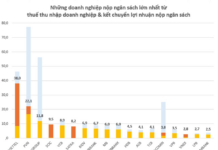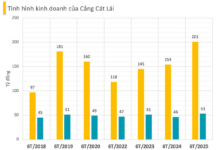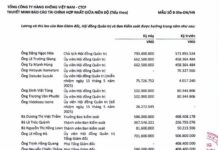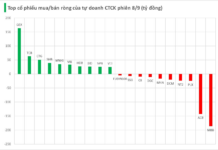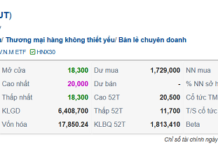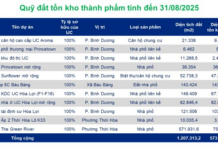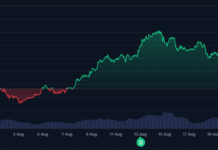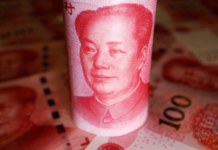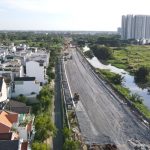According to HoREA, the “Draft Land Price Table in Ho Chi Minh City” (referred to as the new Land Price Table) generally increases by 10-20 times compared to the current Land Price Table, which is considered unreasonable. Why is there such an assessment, while the new land price is beneficial for those who have their land revoked?
It is true that the new Land Price Table benefits citizens whose land is revoked and will receive more reasonable compensation and support for resettlement. The compensation amount will be higher. For example, in the case of compensation for site clearance for the Ring Road 3 project in Hoc Mon district, the highest “land price adjustment coefficient” is only 38 times the old Land Price Table, but now there is a land price that is 51 times higher according to the new Land Price Table.
Additionally, state budget revenue from land will increase in the coming time compared to the 2005-2022 period. The reason is that there are currently many inconsistencies such as “dual land prices” or real estate trading; leasing of real estate and housing at “dual prices” (the tax declaration contract is lower than the actual transaction contract); or the land user only performs the “financial obligations to the State” at a lower value because the land price in the previous Land Price Table is usually only about 30% of the market price. Therefore, the new Land Price Table will have a positive impact on ensuring “fairness and harmony of interests” among land users, investors, and the state representing the public interest.
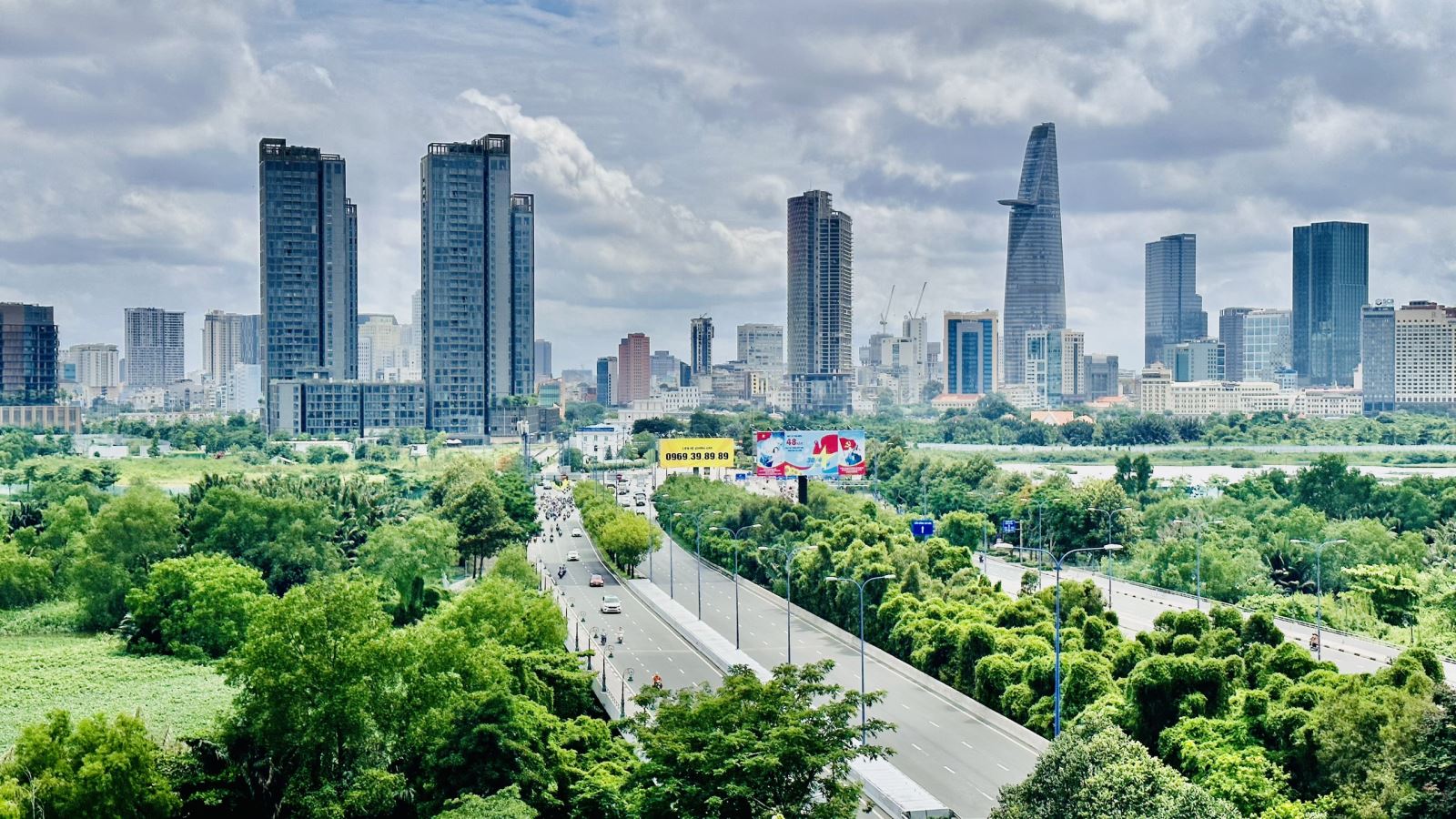
HoREA proposed not to issue the new land price table as it is unreasonable.
However, along with the positive impacts that the new Land Price Table brings, there are also some undesirable negatives. The land price in the new draft is 10-20 times higher than the current Land Price Table according to Decision 02/2020/QD-UBND. Only the land price of three streets, Dong Khoi, Le Loi, and Nguyen Hue, is still lower than the market price, but there are hardly any transactions in this area. Real estate here is considered a “tangible asset” and is mainly used for leasing and storing assets.
On the other hand, the price in the new Land Price Table draft will significantly impact many individuals and households when applying for a “Certificate of Land Use Rights, Ownership of Houses and Other Assets Attached to Land”, as they have to pay land use fees according to the land price table, which is much higher than before.
Meanwhile, although Clause 3, Article 135 of the 2024 Land Law stipulates that in case the land user is “allowed to owe financial obligations”, during the time of “owing land use fees”, the land user is restricted in some rights such as not being able to mortgage or sell until the “land use fee debt” is fully paid.
Due to the concern about the increase in land use fees in the coming time, many people have recently registered to apply for a Land Use Right Certificate before August 1, 2024, to pay the land use fee at a lower rate according to the current regulations.
Can you explain further how the land price in the new draft has increased and how it affects taxpayers?
According to the new Land Price Table draft, land prices in District 1 increased by 5 times; District 3 increased by 4-9 times; District 4 increased by 11 times; District 5 and District 7 increased by 6 times; District 6 increased by 5-11 times; District 8 increased by 4-18 times; District 10 increased by 5-6 times; District 11 increased by 4-9 times; District 12 increased by 3-33 times; Binh Thanh district increased by 5-13 times; Go Vap district increased by 7-11 times; Phu Nhuan district increased by 7-8 times; Tan Binh district increased by 7-12 times; Tan Phu district increased by 7-17 times; Binh Tan district increased by 9-17 times; Thu Duc city increased by 6-35 times; Hoc Mon district increased by 5-51 times; Cu Chi district increased by 9-31 times; Binh Chanh district increased by 2-36 times; Nha Be district increased by 7-23 times; and Can Gio district increased by 8-23 times.
Thus, the highest land price in Ho Chi Minh City is 810 million VND/m2, mainly concentrated on three streets, Dong Khoi, Le Loi, and Nguyen Hue (District 1), which is 5 times higher than the old land price of 162 million VND/m2. Meanwhile, the price of 162 million VND/m2 must be multiplied (x) by the “land price adjustment coefficient” of 2.5 times for Area I, applied for the period of 2019-2023, which is 405 million VND/m2; or the “adjustment coefficient” of 3.5 times applied from January 1, 2024, is 567 million VND/m2. Therefore, with the land price of 810 million VND/m2 for the three streets of Dong Khoi, Le Loi, and Nguyen Hue, it is only 1.43 times higher than the land price in January 2024 and only twice as high as the land price in 2023.
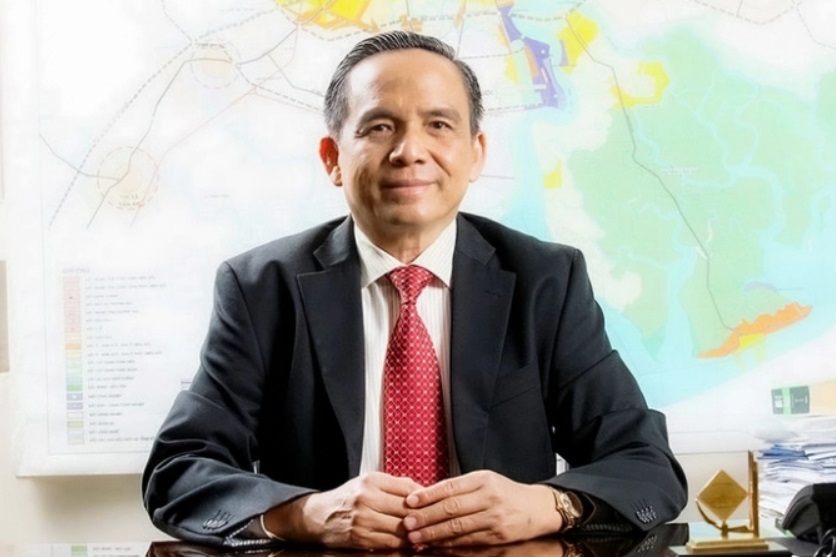
Chairman of HoREA, Le Hoang Chau. Photo: NVCC
With such a high land price increase, many people applying for a Land Use Certificate will be severely affected. For example, if Mr. A applies for a certificate for a house that has been built for a long time on a 100 m2 land plot adjacent to Nguyen Van Linh Street in the stable residential area of Binh Hung commune, Binh Chanh district, and the origin of this land plot is agricultural land with a price of 200,000 VND/m2 (position 1) and the land price of Nguyen Van Linh Street is 6.8 million VND/m2 (in the Land Price Table according to Decision 02/2020/QD-UBND dated January 16, 2020, of Ho Chi Minh City People’s Committee), then Mr. A has to pay land use fees according to the following calculation formulas:
If the land use fee is calculated according to the new Land Price Table draft, which is expected to stipulate that agricultural land adjacent to Nguyen Van Linh Street, Binh Hung commune, Binh Chanh district, has a price of 3.2 million VND/m2 (position 1) and the land price of Nguyen Van Linh Street is 65 million VND/m2 (9.55 times higher), then Mr. A will have to pay a land use fee of 6.18 billion VND, calculated as follows: Land use fee to be paid = 100 m2 x (65 million VND/m2 – 3.2 million VND/m2) = 6.18 billion VND
If the land use fee is calculated according to the “Land Price Table” stipulated in Decision 02/2020/QD-UBND without considering the “land price adjustment coefficient” of 3.3 times for Area II stipulated in Decision 56/2023/QD-UBND dated December 21, 2023, Mr. A only has to pay a land use fee of 660 million VND, calculated as follows: Land use fee to be paid = 100 m2 x (6.8 million VND/m2 – 0.2 million VND/m2) = 660 million VND.
Thus, the amount of land use fee that Mr. A has to pay according to the “Draft Land Price Table” is 6.18 billion VND, which is 9.36 times higher than the land use fee of 660 million VND if calculated according to Decision 02/2020/QD-UBND.
If the land use fee is calculated according to the Land Price Table stipulated in Decision 02/2020/QD-UBND and the “land price adjustment coefficient” of 3.3 times for Area II stipulated in Decision 56/2023/QD-UBND, Mr. A has to pay a land use fee of 2.178 billion VND, calculated as follows: Land use fee to be paid = 100 m2 x (6.8 million VND/m2 – 0.2 million VND/m2) x 3.3 = 2.178 billion VND
Thus, the amount of land use fee that Mr. A has to pay according to the “Draft Land Price Table” is 6.18 billion VND, which is 2.83 times higher than the land use fee of 2.178 billion VND if calculated according to Decision 02/2020/QD-UBND and Decision 56/2023/QD-UBND.
In addition, there are cases where people are at a disadvantage, especially those whose land and houses are located in areas with “planning suspension”, such as planning for “new residential areas”, “upgraded residential areas”; or “suspended projects” like the Binh Quoi – Thanh Da project. Therefore, in recent years, these people have not been granted new construction permits, land division, or change of land use purpose, so they have not been able to pay land use fees at very low prices before. If, in the future, the city removes the “planning suspension and project suspension”, these people will continue to be disadvantaged and suffer a second loss as they will have to pay land use fees at very high prices according to the new Land Price Table.
In your opinion, what should the People’s Committee of Ho Chi Minh City do to balance and harmonize the interests of the people?
From the above illustrations, the Association proposes that the People’s Committee of Ho Chi Minh City consider and adjust the Land Price Table based on the actual situation. Specifically, the person making the land price table must put themselves in the position of the people to understand and realize why, at the present time, the new Land Price Table, which is expected to take effect from August 1, 2024, should not be issued, and the focus should be on building the “First Land Price Table” to be applied from January 1, 2026, according to the 2024 Land Law.
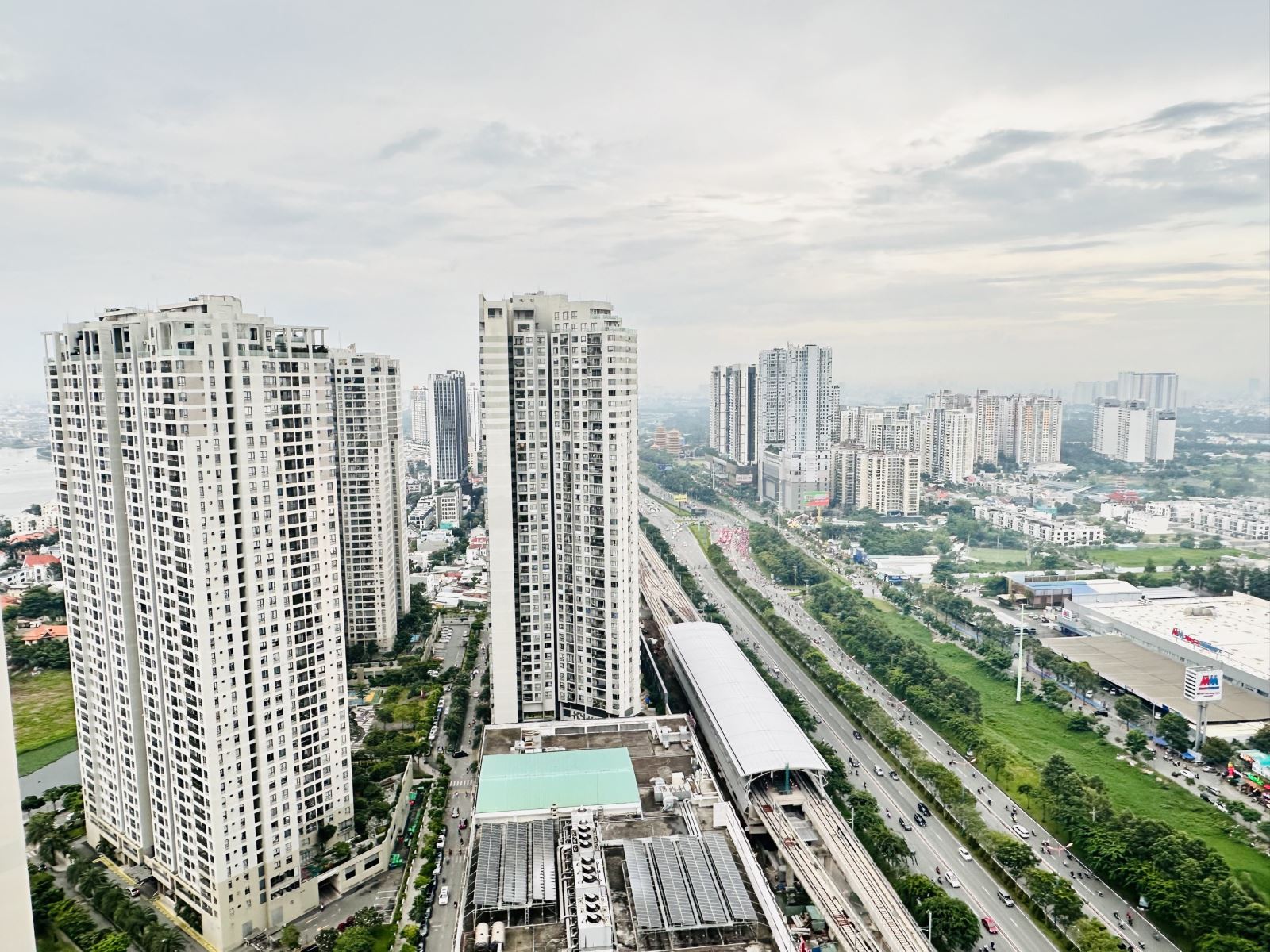
According to HoREA, the new land price table generally increases by 10-20 times compared to the previous one.
At the same time, in the period from now to the middle of 2025, the Association also proposes that the People’s Committee of Ho Chi Minh City strongly direct the relevant agencies to focus on removing the “planning suspension and project suspension” so that people in these areas have enough time to realize their “rights” as land users and be able to “catch up” with the land use fee payment in 2025 according to the current Land Price Table to reduce their losses.
On the other hand, the Association proposes to continue assessing the impact of the “Draft Land Price Table” on the following affected subjects: Land users of more than 13,000 land plots that have not been granted a Land Use Right Certificate; or need to “legalize” the right to use agricultural land interspersed in stable urban residential areas associated with existing houses.
Second, assess the impact of the new Land Price Table on enterprises and investors, both domestic and foreign, who intend to invest in real estate, housing, urban, and industrial projects, including enterprises investing in the business of infrastructure of industrial parks, management boards of industrial parks, export processing zones, high-tech parks, economic zones, foreign business associations, and international investment organizations operating in Vietnam.
Thank you very much!
2023 Remittances Surpass Half of Ho Chi Minh City’s Budget Revenue
As part of the Homeland Spring 2024 program in Ho Chi Minh City, this morning (2/2), the overseas Vietnamese delegation had a tour of the City Hall and met with city leaders.













